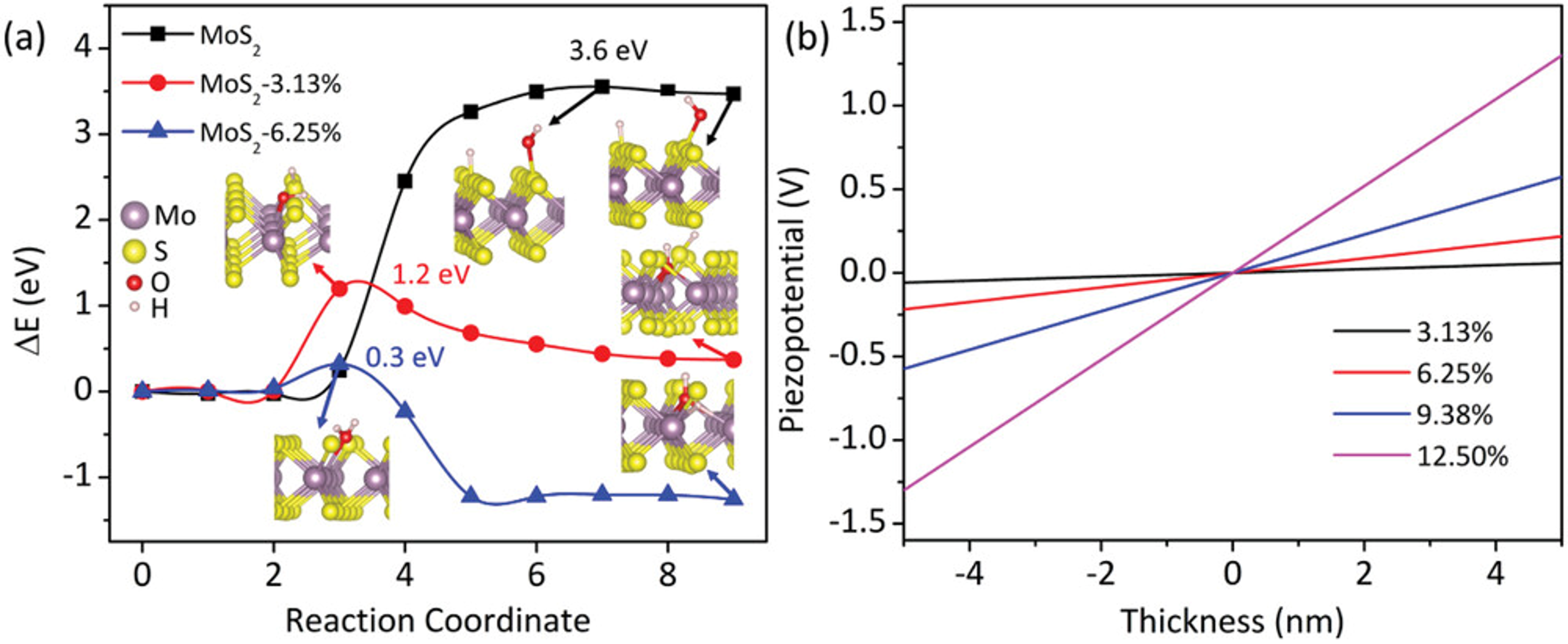
1. DFT Insights into Sulfur Vacancies for Enhanced Piezocatalysis in MoS2
DFT calculations reveal that sulfur vacancies in MoS2 alter its electronic structure, enhancing hydrogen adsorption and piezoelectric polarization. These changes significantly boost piezocatalytic H2 production. Read more...
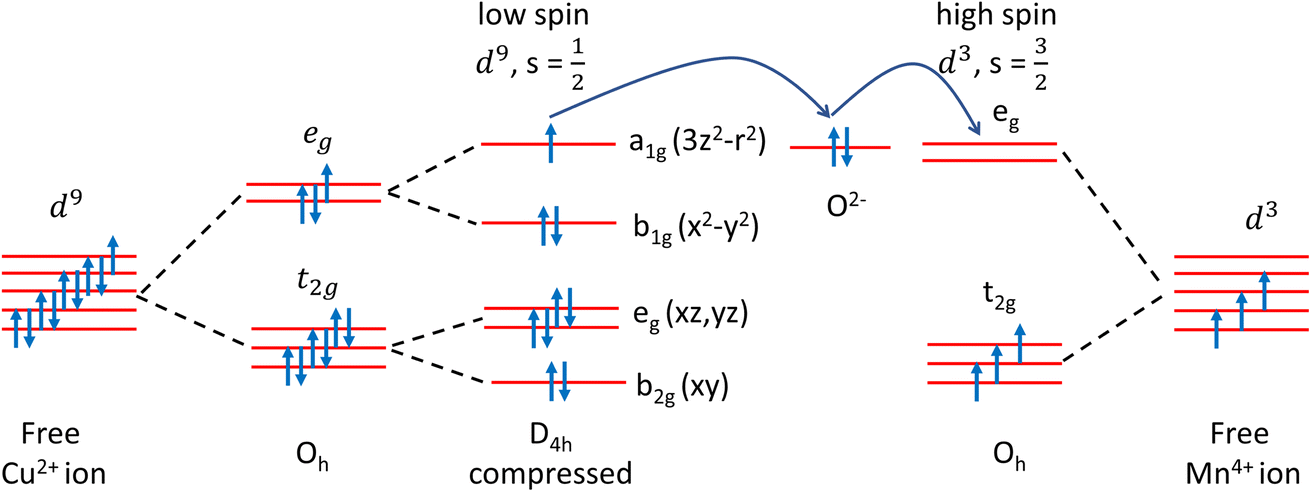
2. DFT Analysis of Y2CuMnO6 Double Perovskite for Photocatalysis
DFT studies show that Y2CuMnO6 exhibits ferromagnetic semiconductor behavior with low effective mass, driven by Jahn–Teller distortions from Cu2+ and ferromagnetic superexchange between Mn4+ and Cu2+. This enhances photocatalytic degradation of organic dyes and antibiotics. Read more...
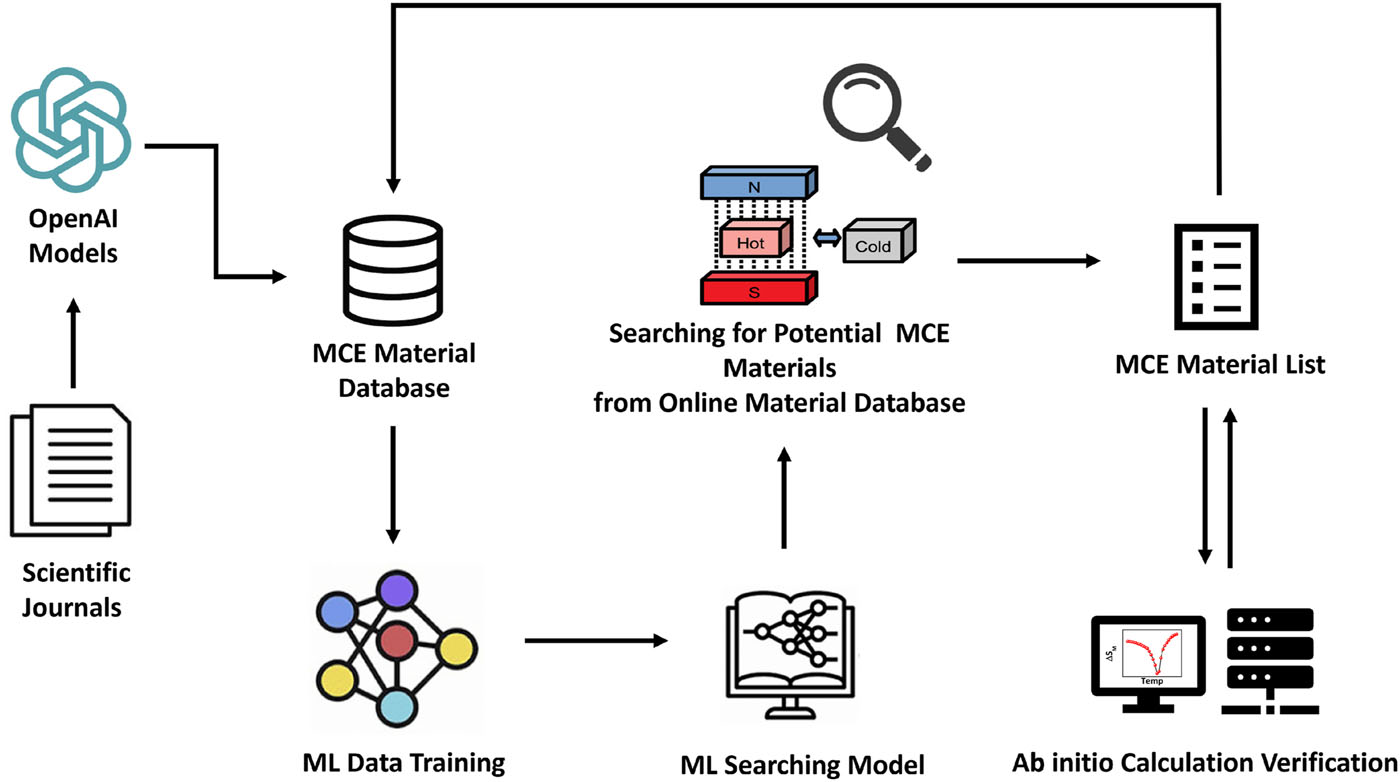
3. Computational Discovery of Magnetocaloric Materials via Machine Learning and Ab Initio Simulations
Ab initio spin dynamics simulations validate machine learning predictions of magnetocaloric properties, identifying 11 new materials for the 10–100 K range using a database generated by large language models. Read more...
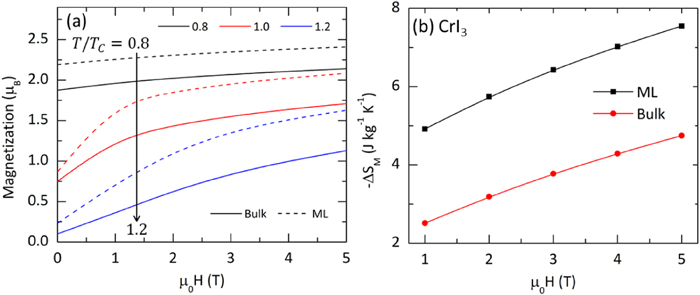
4. Computational Analysis of Magnetocaloric Effects in 2D Ferromagnets
Atomistic spin dynamics simulations reveal that 2D ferromagnets exhibit sharper magnetic transitions and higher susceptibility, enhancing magnetocaloric performance near 20 K, despite higher lattice heat capacity. Read more...
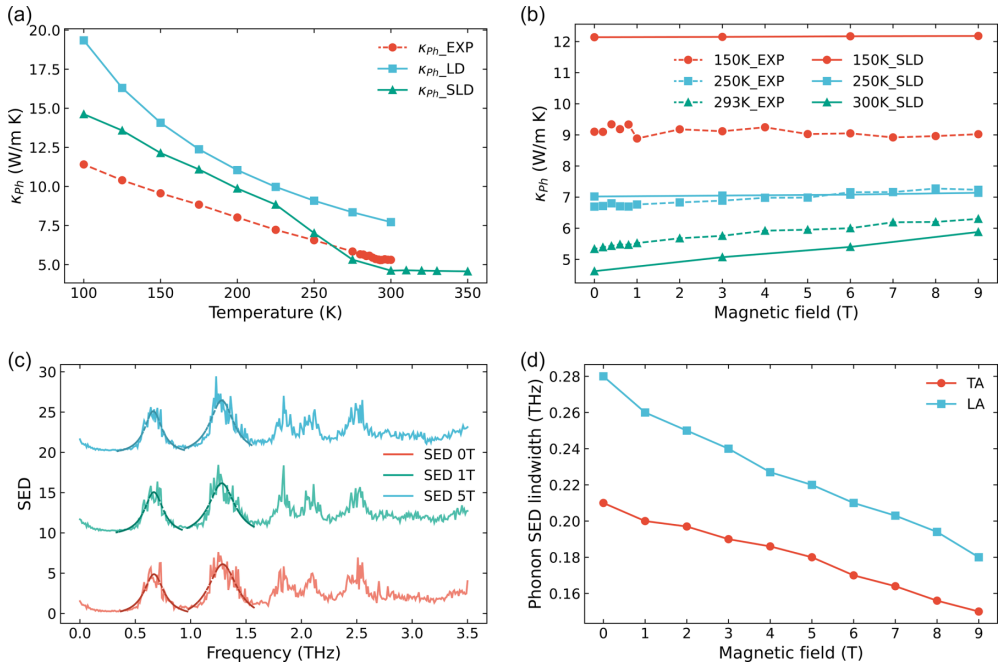
5. Computational Analysis of Phonon-Magnon Scattering for Magnetic Thermal Switching
First-principles lattice and spin-lattice dynamics simulations demonstrate that suppressing phonon-magnon scattering in gadolinium enhances thermal conductivity, enabling magnetic-field-controlled thermal switching near room temperature. Read more...
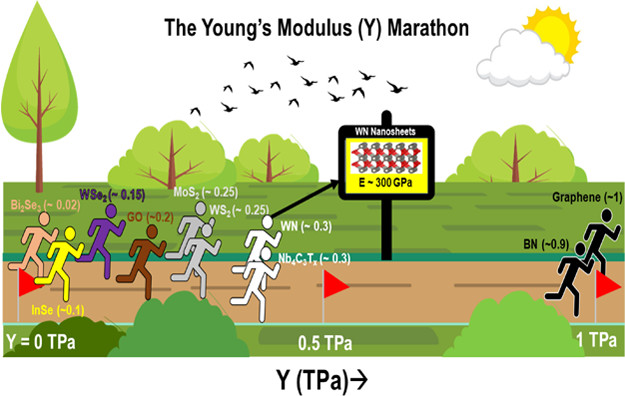
6. DFT Analysis of WN Nanosheet Properties
DFT and molecular dynamics simulations show that W-terminated WN nanosheets exhibit high mechanical strength and metallic behavior, tunable by surface orientation for flexible device applications. Read more...
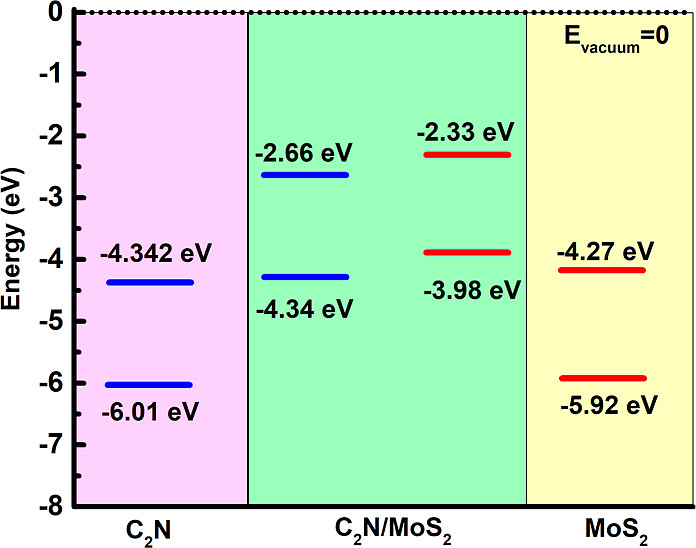
7. DFT Analysis of Strain Effects in C2N/MoS2 Heterostructures for Photocatalysis
Meta-GGA SCAN DFT calculations show that compressive strain in C2N/MoS2 heterostructures optimizes type-II band alignment, enhancing photocatalytic water splitting for H2 production. Read more...
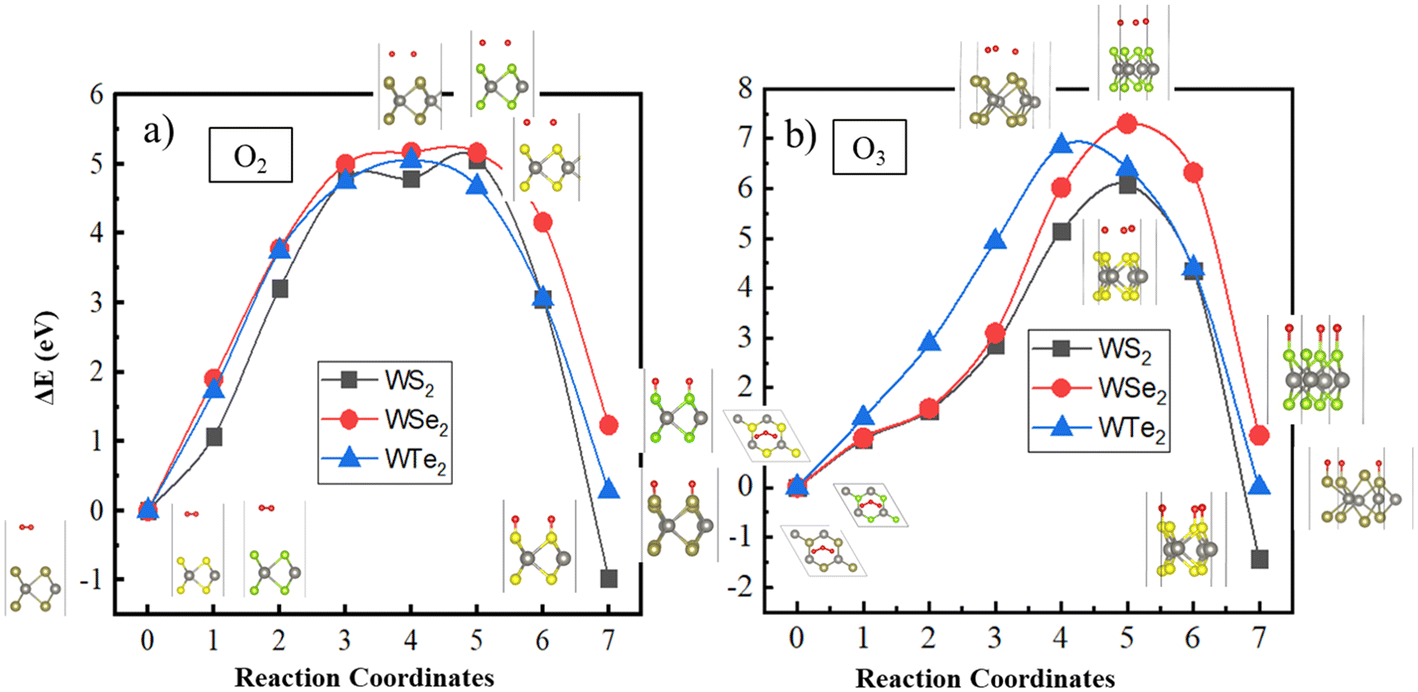
8. DFT Analysis of Oxidation Susceptibility in WS2, WSe2, and WTe2 Monolayers
Van der Waals-corrected DFT calculations show that WS2, WSe2, and WTe2 monolayers resist oxidation by O2 and O3, with high energy barriers preventing chemisorption, ensuring stability for device applications. Read more...
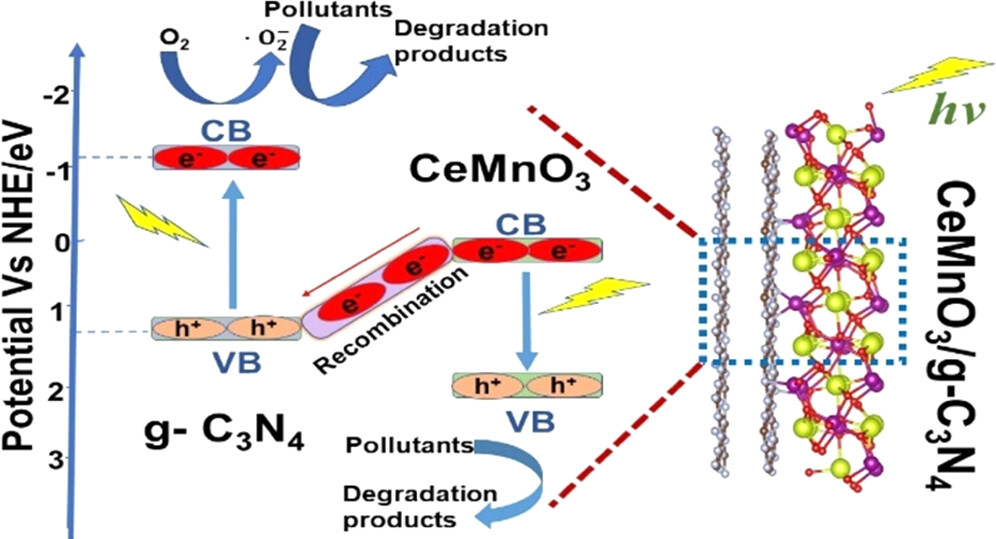
9. DFT Analysis of CeMnO3/g-C3N4 Z-Scheme Heterostructures for Photocatalysis
DFT calculations reveal that CeMnO3/g-C3N4 Z-scheme heterostructures with oxygen vacancies enhance charge separation, achieving 99% methylene blue degradation via efficient photocatalysis. Read more...
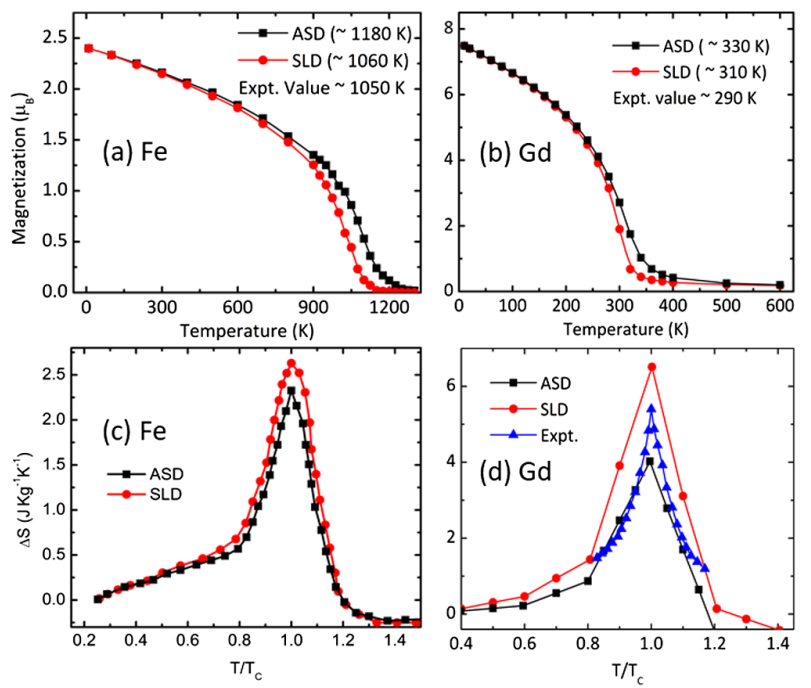
10. Computational Analysis of Spin-Lattice Coupling in Magnetocaloric Materials
Spin-lattice dynamics simulations show that indirect RKKY exchange in hcp gadolinium enhances lattice contributions to magnetocaloric entropy change, outperforming bcc iron with short-range interactions. Read more...
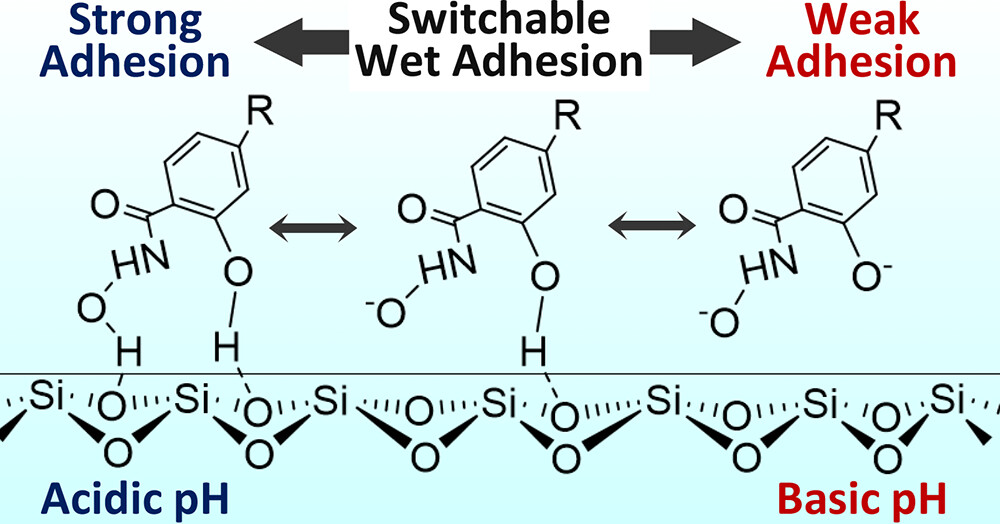
11. DFT Analysis of Salicylhydroxamic Acid Adhesion
DFT calculations confirm that deprotonation of salicylhydroxamic acid enables pH-responsive adhesion, achieving strong wet adhesion at pH 5 and near-complete reversibility up to pH 11. Read more...

12. Molecular Dynamics Analysis of 2D Material Mechanics
Molecular dynamics simulations reveal that accurate chemical bonding descriptions are critical for understanding the in-plane and out-of-plane mechanical responses of 2D materials, enabling their use in nanoscale devices. Read more...
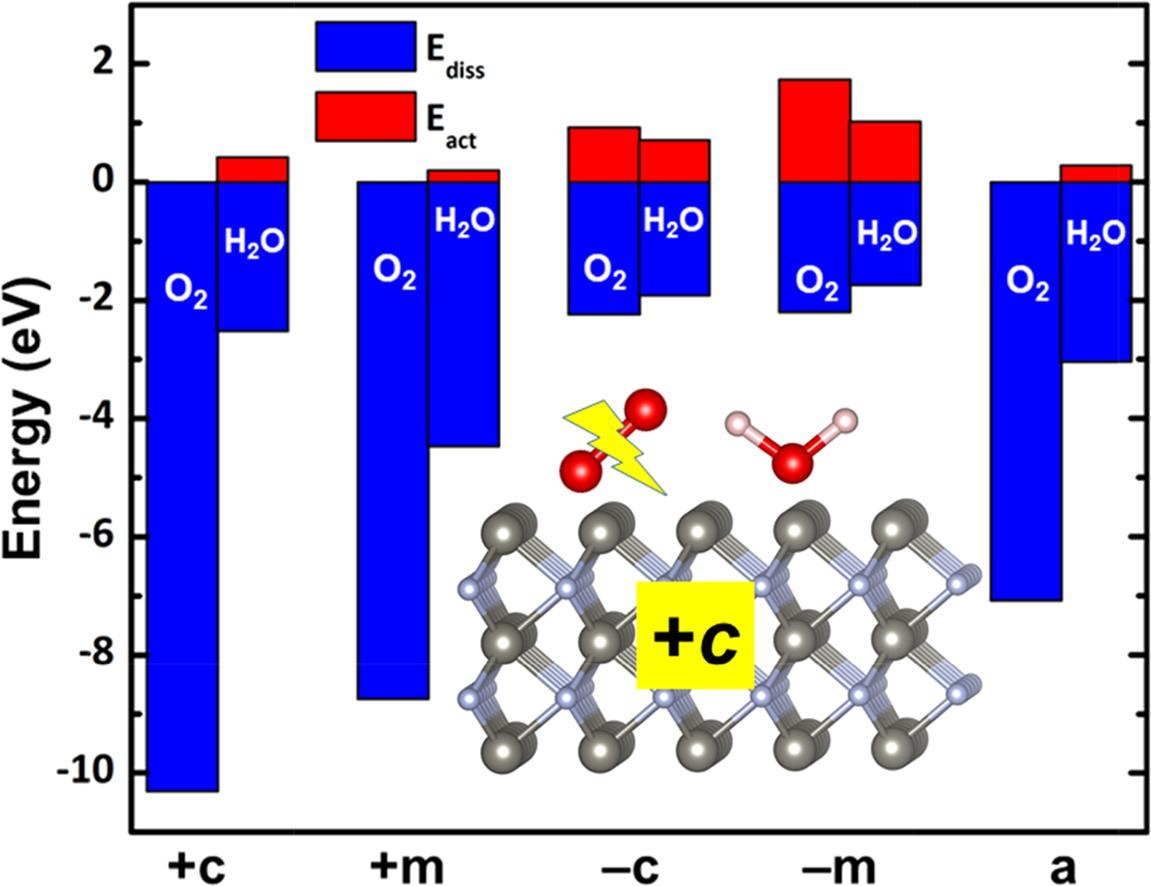
13. DFT Analysis of WN Surface Stability under O2 and H2O Exposure
DFT calculations show that N-terminated WN surfaces resist O2 chemisorption with high energy barriers, while H2O dissociation is non-spontaneous, ensuring stability for electronic and protective coatings. Read more...
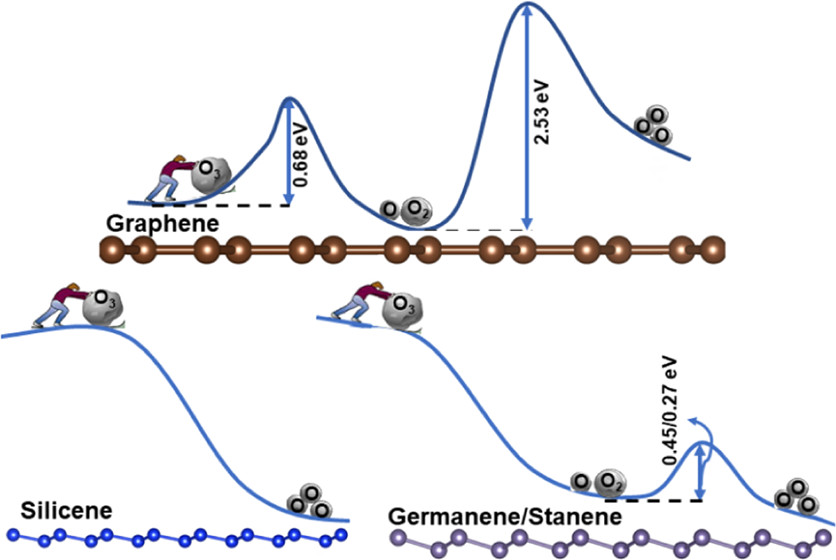
14. DFT Analysis of Ozonation in Group-IV Monolayers
DFT calculations show that O3 exposure oxidizes group-IV monolayers, with silicene undergoing spontaneous oxidation, while graphene resists with a 0.68 eV barrier, impacting their electronic properties. Read more...
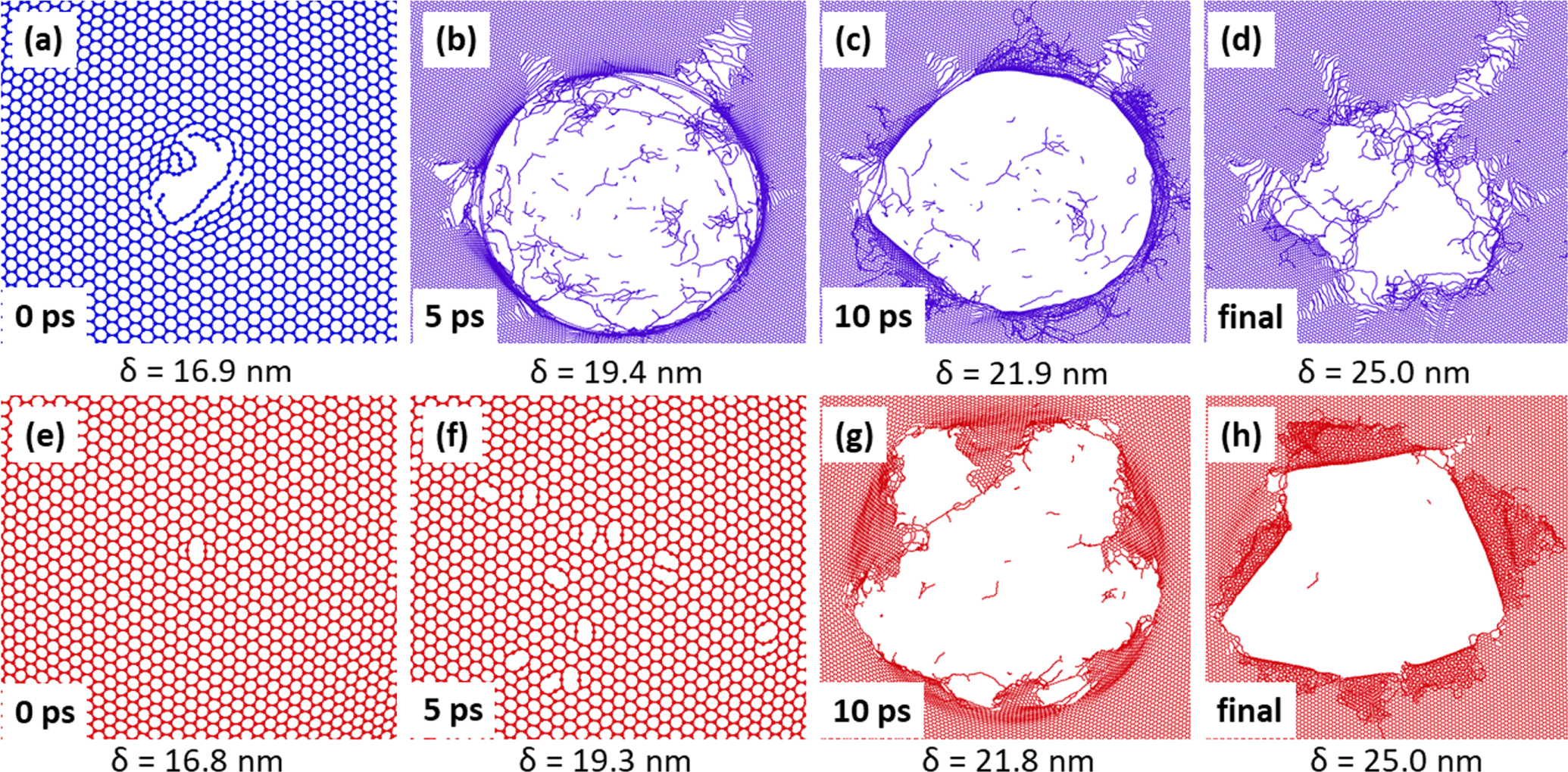
15. Molecular Dynamics Analysis of Graphene/BN Heterostructures
Molecular dynamics simulations reveal that the transverse mechanical response of graphene/h-BN heterostructures varies with stacking orientation, while in-plane strength remains robust, ideal for optoelectromechanical applications. Read more...
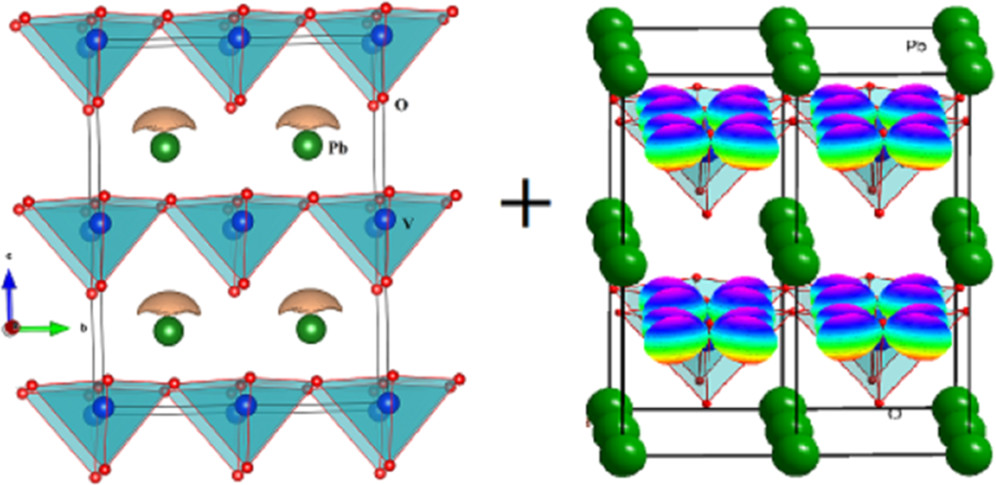
16. DFT Analysis of Magnetoelectric Coupling in PbTi1–xVxO3
DFT calculations with GGA+U reveal giant magnetoelectric coupling in PbTi1–xVxO3, with V substitution enhancing polarization and enabling magnetic-to-nonmagnetic transitions via orbital ordering. Read more...
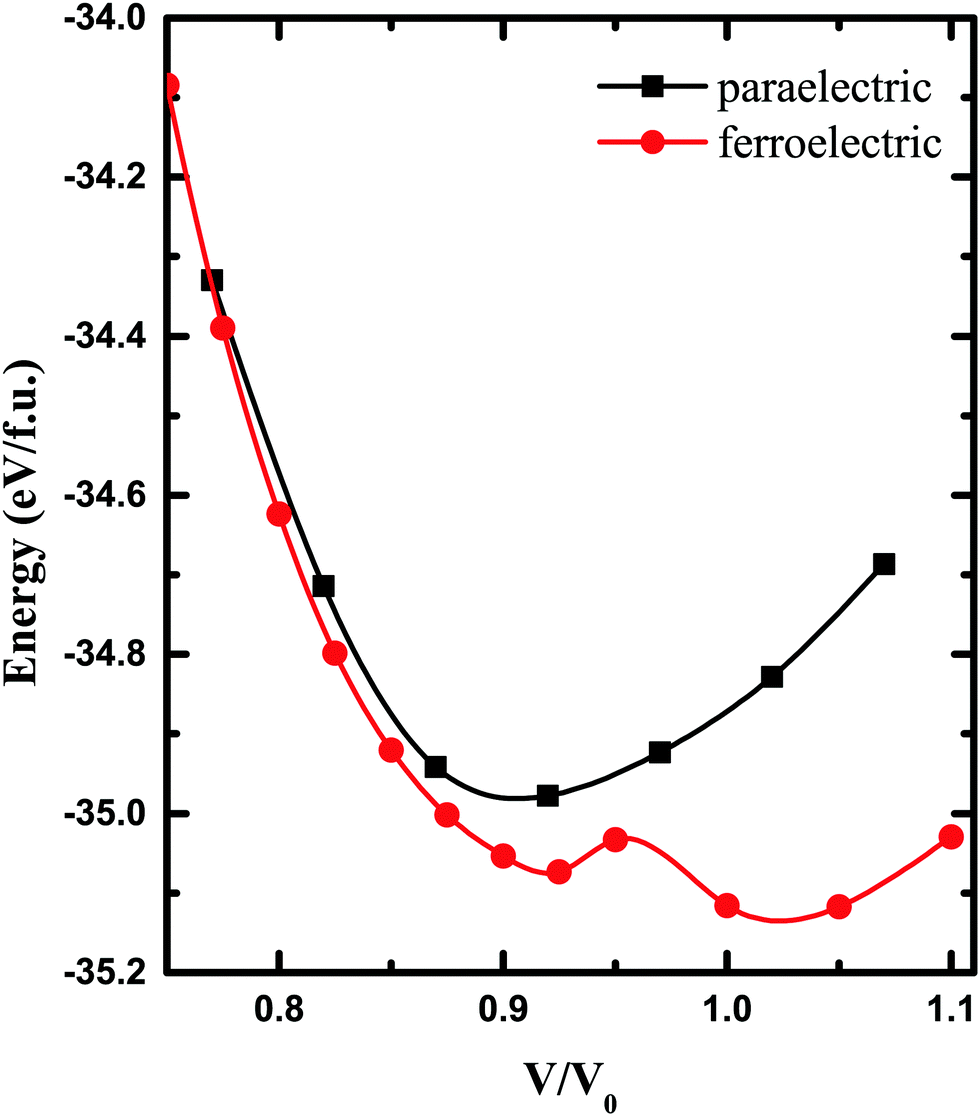
17. DFT Analysis of Magnetoelectric Coupling in xBaTiO3–(1−x)BiCoO3
GGA+U DFT calculations reveal strong magnetoelectric coupling in xBaTiO3–(1−x)BiCoO3, with metamagnetic high-to-low spin transitions and high ferroelectric polarization driven by Bi and Ti contributions. Read more...
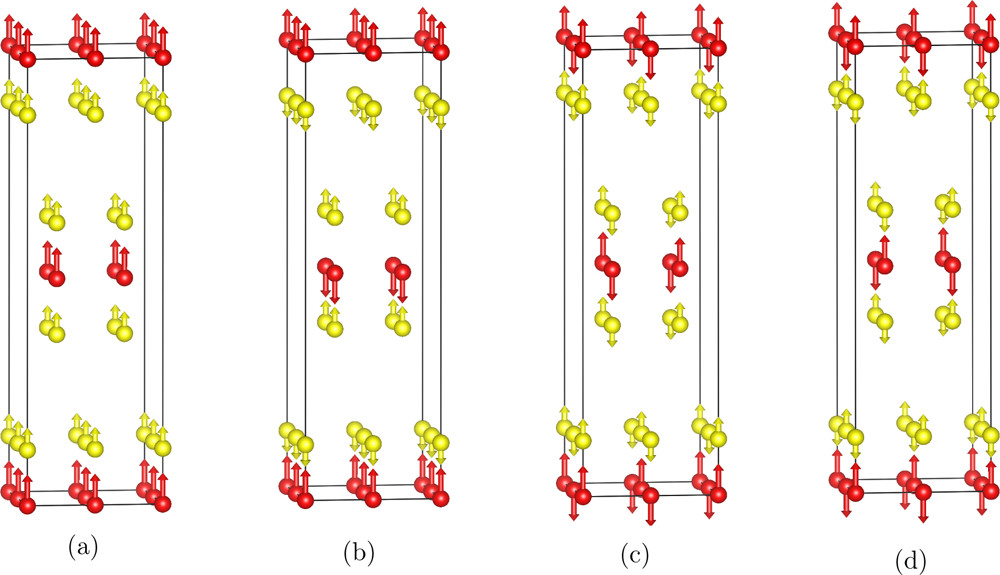
18. DFT Analysis of La4–xSrxNi3O8 Electronic and Magnetic Properties
LDA+U and GGA+U DFT calculations reveal that hole-doped La4–xSrxNi3O8 transitions from a C-AFM Mott insulator to a metal, with enhanced magnetic moments at high-spin Ni sites. Read more...